
This article is originally by Che Dongli, author Huang Yaokuan, please indicate the source when reprinting!

Since the birth of the automobile, the car modification industry has emerged. From the early days of small automotive repair shops, changing paint and adding decals, to the various large spoilers and low-performance cars that became popular on the streets of Japan in the 1980s and 1990s. Car enthusiasts around the world have been tirelessly modifying their beloved cars with a common goal – to enhance the vehicle’s performance.

However, with the continuous innovation of technology, when cars and computers are organically integrated, performance enhancement may no longer require traditional aftermarket kits. You can simply modify the vehicle’s computer while dressed nicely, without getting covered in grease, and still unleash your beloved car’s hidden potential. This is what we commonly refer to as tuning the ECU!
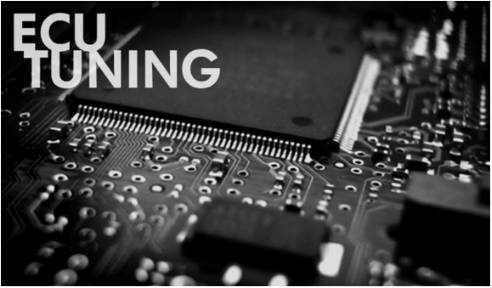
What exactly is an ECU? The full English name of ECU is Electronic Control Unit, which translates to electronic control unit, also known as “vehicle computer” or “on-board computer”. In terms of purpose, it is a microcontroller specifically for automobiles. Like a regular computer, it consists of a microprocessor, memory, input/output interfaces, analog-to-digital converters, and large-scale integrated circuits for shaping and driving. In simple terms, the ECU is the “brain” of the car.
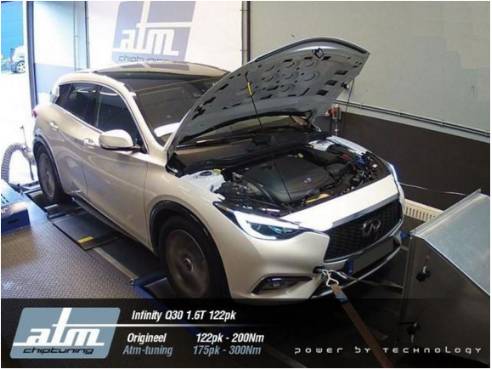
Since it is the “brain” of the car, it can control many aspects. From the electric adjustment of seats and audio output to the fuel injection amount and ignition timing in the engine. Here, the ECU’s control over the power unit is what everyone is most interested in. Many friends often ask: Hey, if I tune my ECU, will my car be more powerful… Hehe, hold on, let me explain slowly!
Generally speaking, the ECU’s control over the vehicle’s power unit can be divided into several parts: first, the visible and tangible is the throttle pedal’s response speed; second, it adjusts the fuel injection amount and ignition timing from within the engine; ultimately, it is about enhancing the vehicle’s power.
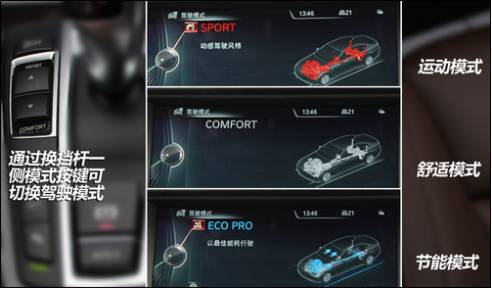
At this point, many curious readers might ask, if I haven’t modified the engine, how can modifying the vehicle’s computer enhance power? In fact, this power is something your car originally possesses, but it was “sealed” during factory calibration based on existing settings. Using the original factory ECU, it was locked. A familiar example is that BMW cars typically have three driving modes: economy, comfort, and sport, each mode alters the vehicle’s dynamics, with the most direct feeling coming from the power enhancement. In sport mode, the car’s power response is significantly higher than in the other two modes. This is the effect of BMW’s three-stage ECU, which is also common in some high-end cars with different factory ECU settings. By meeting the needs of different driving modes, the vehicle’s power is limited in stages.
Of course, if you say that I don’t drive a BMW and my car doesn’t have driving mode options, what should I do? Usually, this indicates that your car only has one factory default ECU, and to release the “sealed” power, you need to change the default settings.

Currently, there are three main methods for changing the ECU: one is replacement, another is writing, and the last is external. The first replacement method is usually seen in automotive racing, which is quite extreme, so we won’t discuss it for now. The remaining two are what many “enthusiasts” can use.
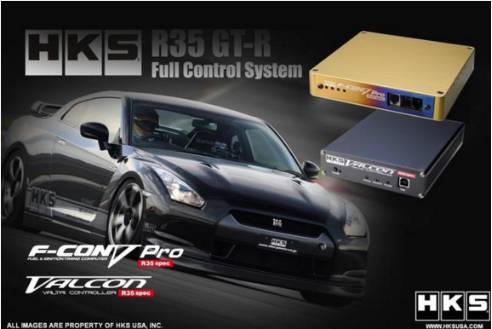
The writing modification method can be simply understood as “flashing” your phone, akin to jailbreaking, based on the original settings to achieve the purpose of releasing power.
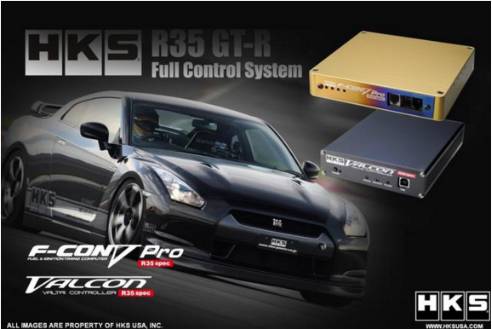
The external method is even simpler; it can be understood literally. By connecting a new ECU power module, you can achieve separate control over the power aspect.
Here’s a friendly reminder: Cars equipped with turbochargers usually show a more significant power increase after ECU modification, about a 30% increase. In contrast, naturally aspirated engines, due to their mechanical structure and operating principles, generally do not see a significant improvement in power after ECU modification. Therefore, if your beloved car has a naturally aspirated engine, it may not be worth investing effort into this.

Finally, let me quietly remind you that modifying the ECU should be done with caution. On one hand, you need to consider the balance of the entire vehicle; on the other hand, once the ECU is modified, the manufacturer will not recognize the warranty (except for external methods, as they do not damage the factory ECU settings). Therefore, tuning the ECU carries risks, so please cherish it!

